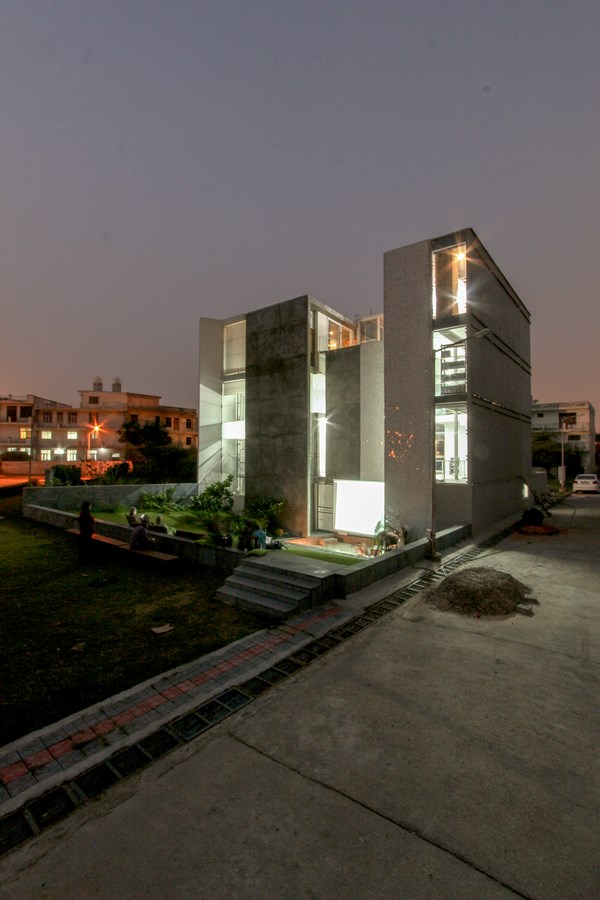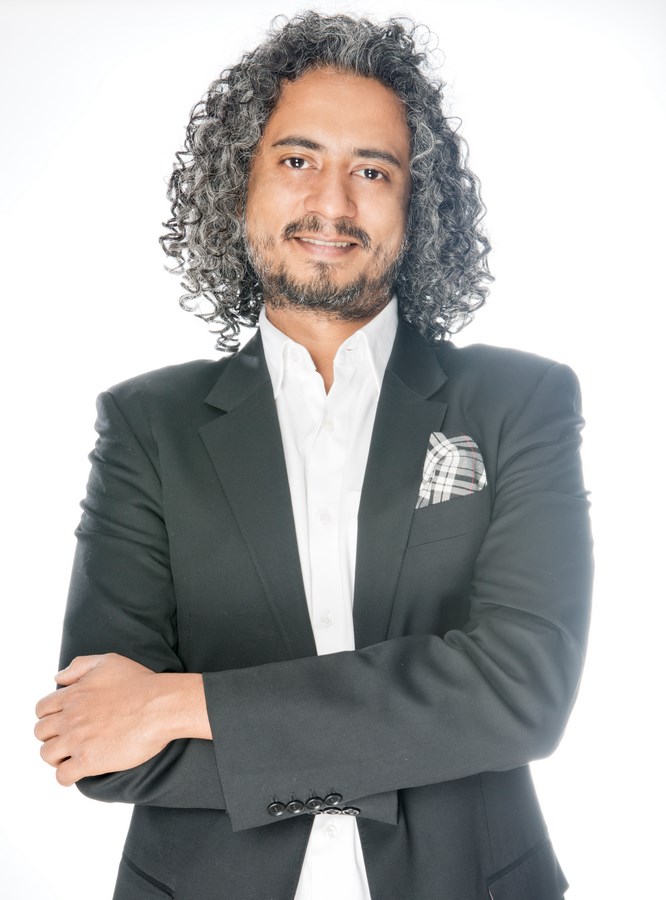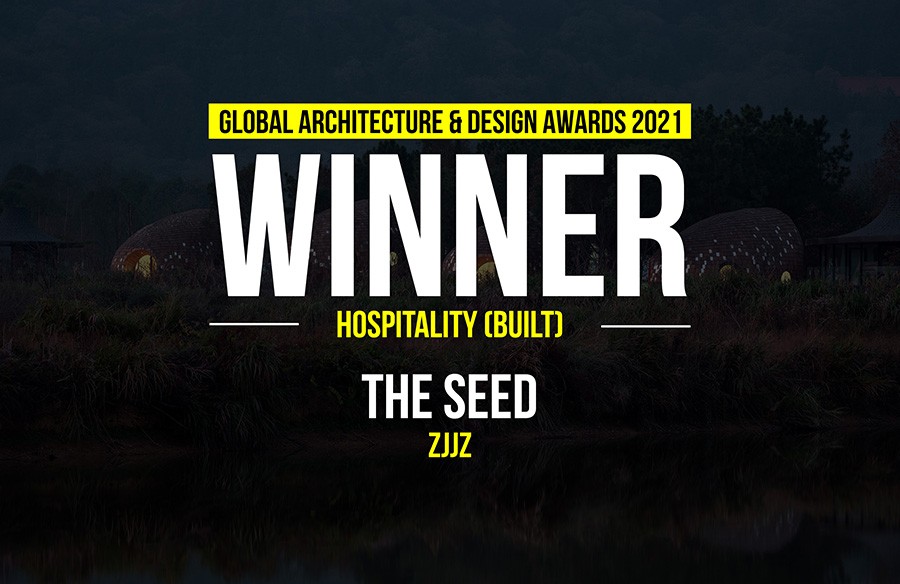Artrovert is our project to design a studio in a peri-urban artists’ colony, Kaladham, in Greater Noida, Uttar Pradesh. The 280 sqm. studio is built on a 300 sqm trapezoidal plot which is one of 216 arranged in an octagonal grid. Our client-collaborator is a multi-media artist whose politically charged works interrogate binaries, challengebrepresentation and explore the anti-aesthetic.Equally unconventionally, her vision for her studio was not the typical introverted artist’s “cave” but rather an extroverted residency where the creation of art and the living of the artist are shared with her precinct. Acutely aware of Kaladham’s location at the urban edge, she hopes such an outward expression and blurring of territory would lay seeds of well-knit social networks for a growing community.
Project: ARTROVERT: Conversations in Grey
Location: GREATER NOIDA, UTTAR PRADESH, INDIA Client: ANITA DUBE
Architect: ANAGRAM ARCHITECTS
Design Team: VAIBHAV DIMRI, MADHAV RAMAN Site Area: 300 sq.mt
Project Area: 280 sqm
Civil Contractors: VARIOUS SUB CONTRACTORS
Structural Engineers: BUILD TECHNO CONSULTING ENGINEERS
Other Consultants: ELECTRICAL – SQUARETECH ENGINEERING PVT. LTD. Plumbing & Fire Fighting: DSR ENGINEERING SERVICE
Site Supervision: ANAGRAM ARCHITECTS Model-Maker: INHOUSE
Project Estimate: 1,00,00,000 INR
Initiation of Project: JAN 2013
Completion of Project: SEP 2016
Photo Credit: Suryan//Dang

Program
The studio required accessible, large volume workspaces that would invite an immersive experience of art and yet be rugged enough to withstand its production. A mezzanine study overlooking the studio provides a vantage point to view as well as to reflect. The top floor is designed as a two room residence for artists for short duration
stay while a small ground floor residence at the back houses studio helpers. While a private garden is planned at the back as a spill-out for the helpers, a sloping, faceted front lawn is opened up for theatre-style public screenings and talks. The rooftopresidence is arranged around a generous terrace.

Form and Materiality
The form articulates the creation of space as an unraveling rather than as a construction, revealing as much as concealing. Two materially contrasting yet filial bands ( of distressed concrete and ceramic mosaic) loop and coil forming the various spaces of the program across multiple levels. These are book-ended on one side by the neighbour’s wall and with a grey steel armature on the other. The armature itself is designed to act simultaneously as a gallery, working scaffolding and circulation space as well as to provide views of the exhibits within from different heights. The panels are detailed to swivel so that the finished art on them may be turn outwards and shared publicly. This also creates the possibility of an externally created mural being turned inward for viewing as a composition of individual panels and multiple permutations of such arrangements. Tall and narrow interstices are glazed against the outside while vertical slits cut through the internal volumes. Thus the design hopes to offer multiple views and varying perspectives through a multilevel space formed as a conversation between binaries.

Performance:
Passive thermal performance is at the heart of the architecture. The slits within the tall volumes vent air heated through thermal stacking while the massive floors and walls shade against solar heat gain during the warmest time of the summer day. The low slung winter sun however penetrates the south-west facing studio warming the workspaces and rooftop terrace. The swivelling panels act as louvres that let in the easterly monsoon breeze decreasing internal humidity levels. The studio thus maintains comfortable thermal levels throughout the year.


Madhav Raman

Vaibhav Dimri
Madhav Raman and Vaibhav Dimri graduated from the School of Planning and Architecture Delhi in 2001.Together they established Anagram Architects as a partnership practice in 2004. Today, the practice is recognised for its commitment towards delivering deeply contextual designs that encourage sustainable lifestyles.
The firm offers services in Architecture, Interior Design, Urban Design, Public Infrastructure Planning and Environmental Design. It practices conceptually bold and fresh spatial design that seeks sustainability across various registers including optimum resource management, market forces, urban governance, globalisation, traditional practices, cultural identities, evolving technology and changing climate. It promotes an experiential reconnect with ecology through extensive research into mainstream and alternative building practices. Motivated to contribute towards greater environmental sustainability and social well being, the firm also participates in policy, education and research.
Over the years the practice has garnered much international acclaim including a nomination for the Aga Khan Award 2010 and inclusion in the Wallpaper* Magazine’s “Architects Directory 2009”. Its work has been premiated at the Architectural Review’s World Emerging Architecture Awards 2007, the Cityscape Architectural Awards 2008, 2010 & 2016, the Wienerberger Brick Awards 2010, the SAIE Bologna 2010, 2011 and 2012, the Holcim Award for Sustainable Construction2011, Asia Pacific Design Awards 2012, the International Design and Architecture Awards 2013, the Institute of Indian Interior Designers Awards National Winner 2017 and the Indipool India’s Best Design Studio Award 2017.
Anagram Architects has also featured in the International Architecture Biennale 2010 in Rotterdam and Biennial of Design (BIO23) 2012 held in Ljubljana, Slovenia. They have been included in the Architectural Digest’s list of the most influential South Asian designers for 2014, 2015, 2016, 2017 and 2018.





